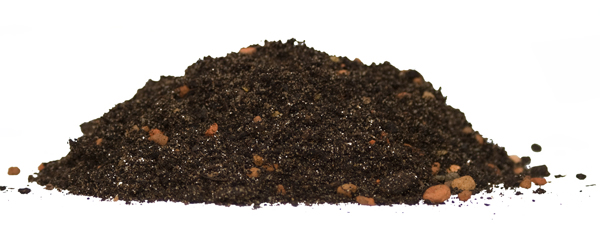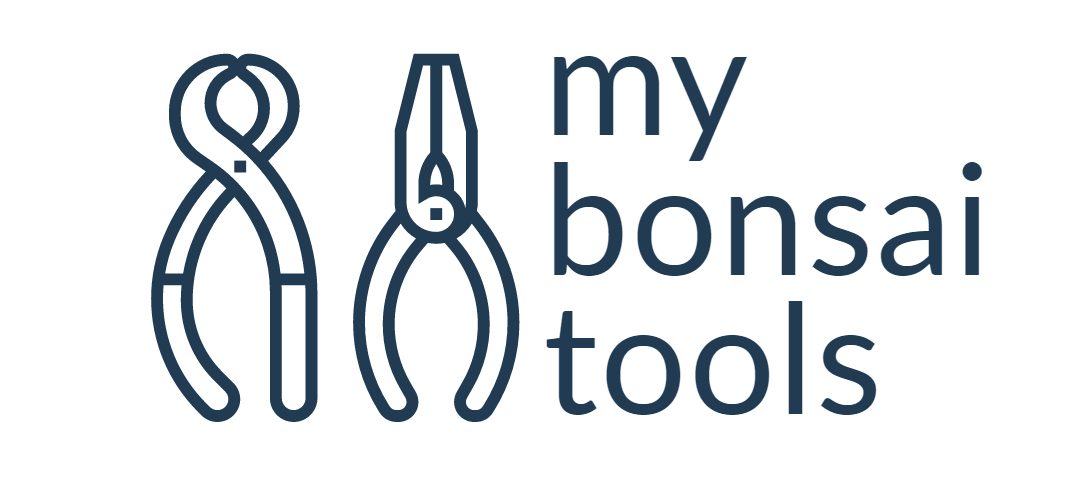All bonsai trees need their roots in something that allows them to draw moisture, nutrients and to keep them stable. They also need a degree of oxygen around the roots to keep them healthy. That is bonsai soil.
Soil properties for bonsai
Bonsai soil needs higher drainage properties than a lot of standard types of soil but conversely also allows for good moisture retention.
The drainage is important as it keeps the roots healthy – this allows the oxygen to be present around the roots.
Robert Kern
The drainage also prevents the build up of salts and minerals that would have a detrimental effect on the tree if they were to build to high levels; this would potentially affect the osmosis required by the trees’ roots to draw moisture into it.
Roots have fine feeder branches that are more delicate, these help the tree draw moisture and nutrients. If the tree is not stable in its pot then these finer roots struggle to develop and can be damaged by the movement of the root ball. As bonsai trees are often in shallow pots it is important that we secure the trees in with wire ties when re potting.
How do I know the best bonsai soil?
Soil is the primary medium in which your tree will get its air and water. Bonsai requires a more thoughtful selection of soil and soil additives in order for it to thrive more.
Actually, there’s no best bonsai soil to use but i recommend you akadama.
The secret comes from different brands and types of soil you use; and from your own incredible techniques in combining and mixing soil until you’re satisfied with the results.
In fact, the bonsai tree soil and its additives will determine the health of your bonsai’s roots. Moreover, determining an effective bonsai soil is extremely important if you want your bonsai to flourish.
A good bonsai soil mixture is made up in such a way that any water added to the soil drains out quickly, and prevents the roots of your bonsai from washing out.

What do I need to make bonsai soil?
If you wish to make a bonsai soil at home, you will need a loam, sphagnum peat moss, clay, pumice or granite grit.
This mixture can give you a good blend for your bonsai tree. To prevent damage roots, make sure that the water is drained completely.
Basic soil misture
A basic bonsai soil is a balanced blend of peat free organic compost with lime free horticultural sharp sand, clay granules and pumice to provide excellent drainage
as well as good aeration around the roots of the trees.
It is important that roots of trees have good drainage to keep them healthy and allow for oxygen to
get to them. Soggy, smelly and poor draining soil can soon lead to health problems with your trees.
There are some complete potting soils available which includes Akadama, Kyriuzuna, and Kanuma. The additives or components to make a proffesional potting medium are pumice, river sands, pine bark, peat moss, grit, and calcined clay.
Akadama Bonsai Soil
Akadama is also known as red clay soil.
Ibaraki Akadama Bonsai Soil is the harder variety and holds its structure well.
Hard Akadama Bonsai Soil always has been a very popular soil as it has excellent water retaining properties, drains freely and allows the roots of trees to breathe.
This product stands up well to watering and is now popular in aquariums due to its neutral pH values.
If this product is mixed with Kyodama the blend provides a very hard weathering bonsai soil that holds its structure for a long time.
This is a good combination for trees that do not need repotting annually. This harder Akadama is more resistant to breaking down
This is for a 2 litre bag of the Akadama shown (Packing will differ)
If you require a large amount of Akadama please contact us as we may be able to discount the price of this bonsai soil.
We also stock larger 14 litre bags of this soil
Moreover, Akadama is best suited to high summer rainfall and moderately cold temperatures in winter. This type of soil prevents water-logging and freezing.
Kanuma Bonsai Soil
Kanuma is the soil of choice for Azalea and other acid preferring bonsai trees.
This soil is sold in 2 litre bags yet is quite light for the volume making it an
excellent choice.
Kanuma holds its drainage and areation properties well to help roots maintain their
health and vitality. As Azalea like to try and grow their fibrous roots into the Kanuma
it is best washed off during repotting with hose pipe as this gives less root
damage.
Kanuma is the more acid type soil and a characteristic yellowish hue. This particularly suits Azalea and other rhododendron trees.
Harder soils, such as Kiryuzuna and pomice, have slightly lower moisture retention but very high drainage qualities. Trees such as some pines and conifers suit this soil as it keeps their roots aerated and well draine
Pumice Bonsai Soil
Pumice Bonsai Soil
This volcanic rock is used as bonsai soil yet resembles the style of Akadama.
It is a very hard soil with great moisture retention and holds its drainage properties better than a lot of other bonsai soils.
Can be used for trees that require free draining soils such as Pines.
This product can be used as is or mixed with Akadama to keep the soil open and aerated
Can be used for trees that require free draining soils such as Pines.
Pomice bonsai soils comes in 2 litre bags and has virtually no waste.
We blend pomice soil with Akadama on most of our bonsai trees with excellent results
If you require a large quantity of pomice product please contact use for a quote
Kiryuzuna bonsai soil
Kiryu is a Japanese imported soil which is a volcanic rock like akadama and pumice.
This mixture is deal for plants which require extra drainage like pine bonsai trees and evergreens.
Kiryu is also mixed with normal akdama o river sand for it allows air circulation.
This type is widely available and is manufactured in Japan. It is graded by particle size whether it’s fine, very fine and standard. It contains no organic matter and the granules retain their structure for years and are able to drain and hold sufficient water.
Of the types akadama is a hard clay type soil that has a high moisture retention and good drainage qualities. It is important to use hard akadama in wetter climates as this soil can break down over time.
Kyodama is a UK produced soil that is similar to pumice. It is very hard and does not loose its structure over time. This also has excellent drainage properties and good moisture retention. When mixed with Akadama it provides a long lasting soil combination that is very effective.
Basic compost type soils often suit smaller trees but they must have a high drainage qualities. Horticultural sharp sand and grit (as it is lime free) are added to improve the drainage and the compost should be sieved before use.
It is also worth mentioning that bonsai soil has a low nutrient value, this allows us to control the growth of trees easier by supplemental feeding.
To resume:
The essential property of and bonsai soil is that it drains freely and allows air to circulate around the roots of the tree to keep them healthy.
Bonsai soil that does not drain well will not allow the roots to breathe and can result in root rot and poor tree health.
It is essential that your bonsai soil has these properties and old, compacted bonsai soil should be replaced at the appropriate time of the year for the tree to be repotted.
Most soil has a very low nutrient value and that means that feeding can be managed and controlled better. Liquid feeds are good for indoor bonsai trees and and slow release feeds are good for outdoor trees.
New bonsai soil should be introduced every time trees are repotted and not the old soil re used.
The addition of mycorrhizal fungi has massive benefits when introducing new bonsai soil to trees and actively helps the trees re-establish quickly. We have a basic repotting guide available for download in our bonsai care section and we also offer free advise on what kind of bonsai soil will suit your tree best
